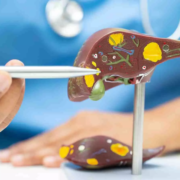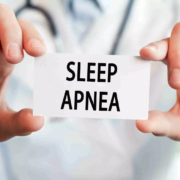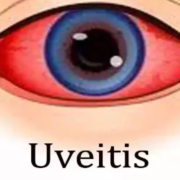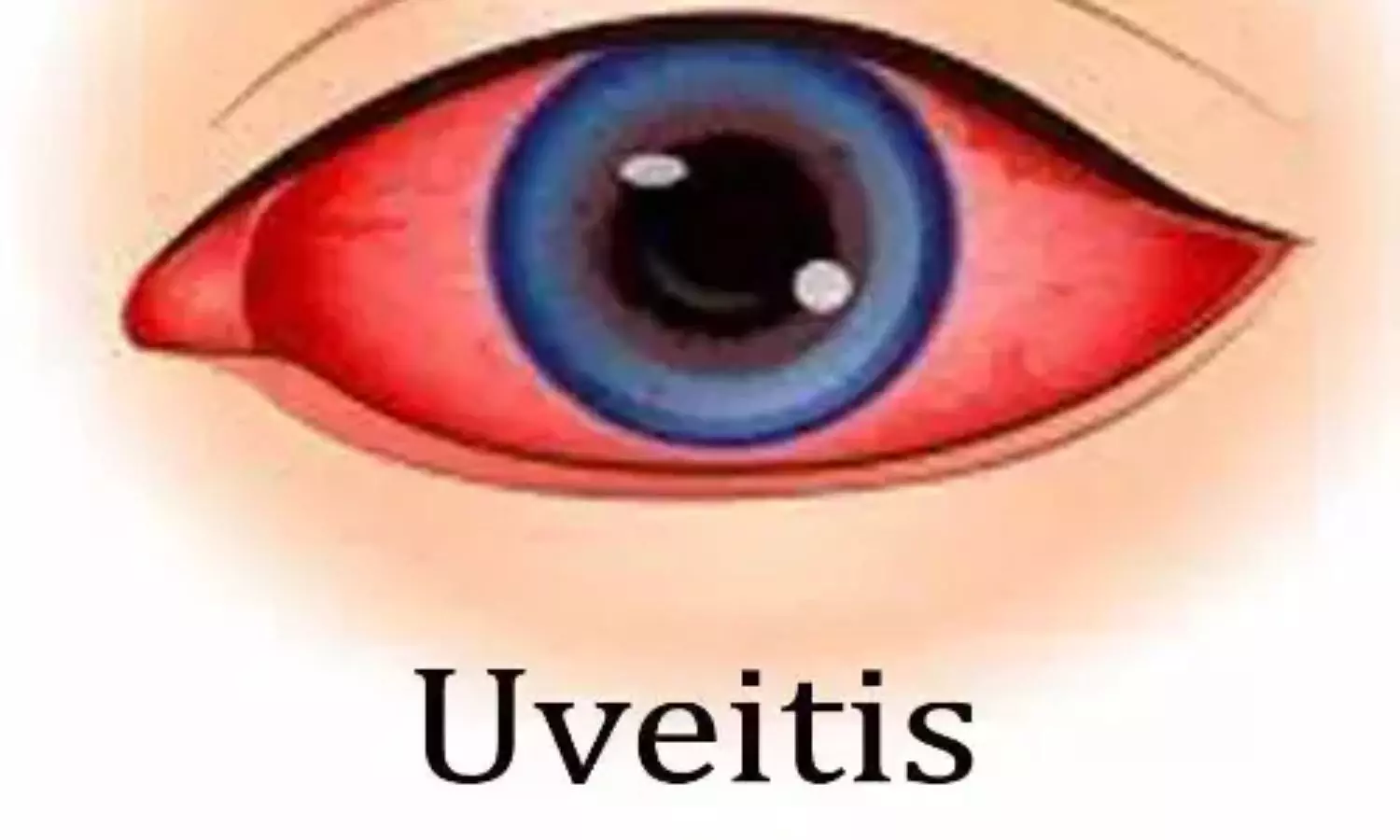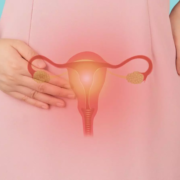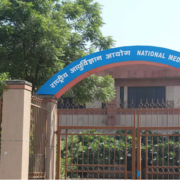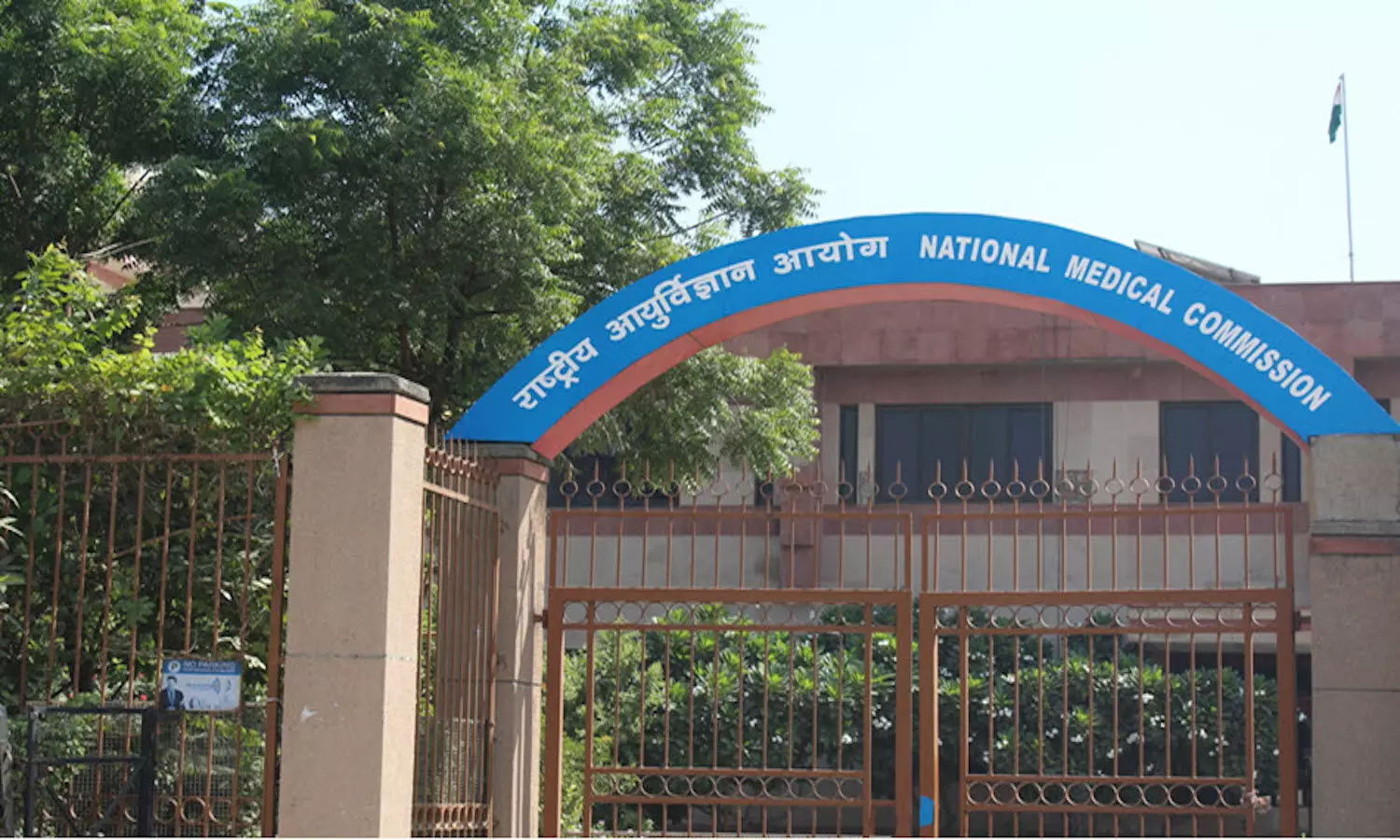Semaglutide 2.4 mg may significantly improve liver fibrosis and resolve MASH in ESSENCE trial
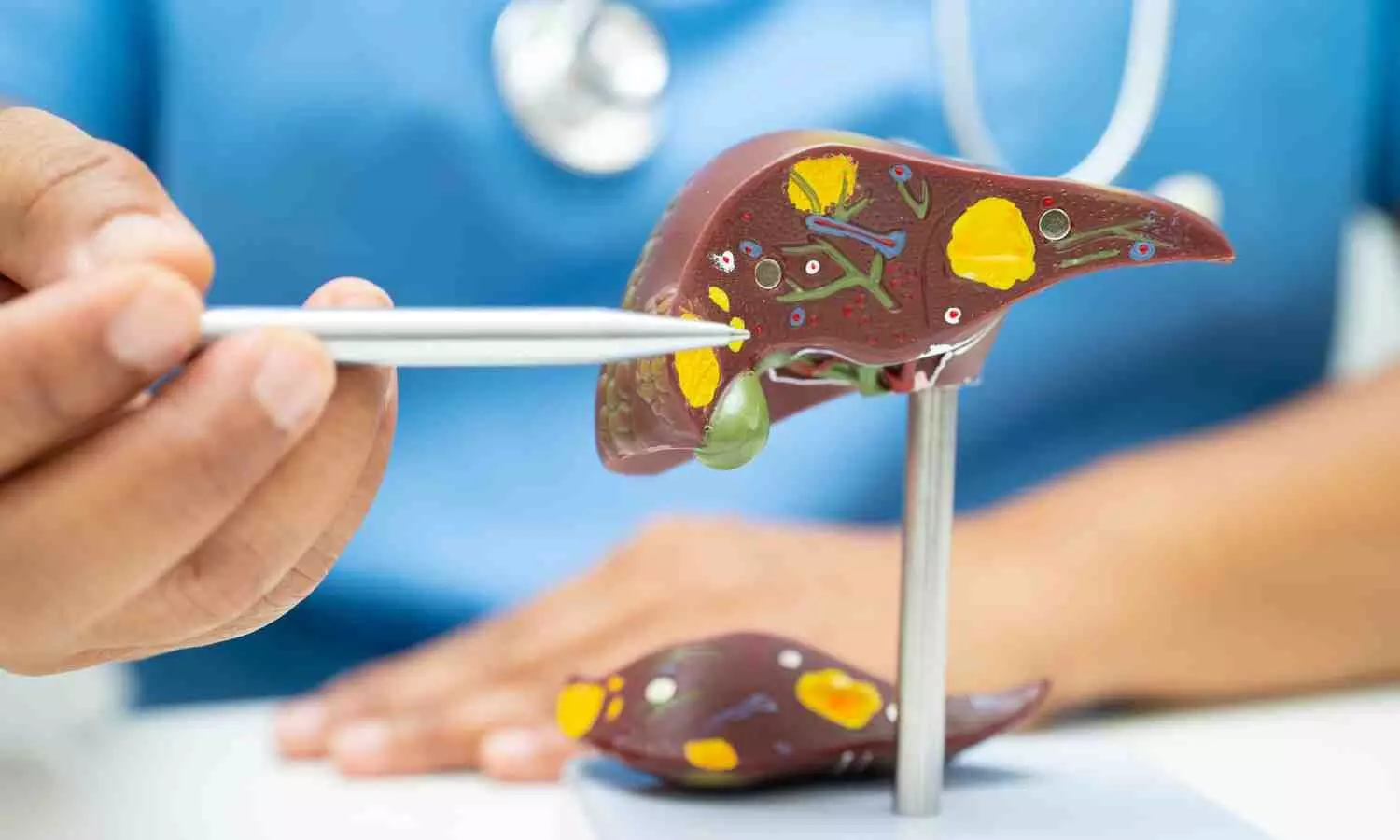
According to Headline results from part 1 of the phase 3 ESSENCE trial, Semaglutide 2.4 mg may significantly improve liver fibrosis and lead to resolution of steatohepatitis in MASH patients compared to placebo.
The results from part 1 of the ongoing ESSENCE trial, a pivotal phase 3, 240-week, double-blinded trial in 1,200 adults with metabolic dysfunction-associated steatohepatitis (MASH) and moderate to advanced liver fibrosis (stage 2 or 3) have been announced by Novo Nordisk. Part 1 of the ESSENCE trial evaluated the effect of once-weekly semaglutide 2.4 mg on liver tissue (histology) compared to placebo on top of standard of care for the first 800 randomised people at 72 weeks.
The trial achieved its primary endpoints by demonstrating a statistically significant and superior improvement in liver fibrosis with no worsening of steatohepatitis, as well as resolution of steatohepatitis with no worsening of liver fibrosis with semaglutide 2.4 mg compared to placebo. At week 72, 37.0% of people treated with semaglutide 2.4 mg achieved improvement in liver fibrosis with no worsening of steatohepatitis compared to 22.5% on placebo. 62.9% of people treated with semaglutide 2.4 mg achieved resolution of steatohepatitis3 with no worsening of liver fibrosis compared to 34.1% on placebo.
In the trial, semaglutide 2.4 mg appeared to have a safe and well-tolerated profile in line with previous semaglutide 2.4 mg trials.
“We are very pleased about the ESSENCE clinical trial results and the potential of semaglutide to help people living with MASH” said Martin Holst Lange, executive vice president and head of Development at Novo Nordisk. “Among people with overweight or obesity, one in three live with MASH. This has a serious impact on their health and represents a significant unmet need.”
Novo Nordisk expects to file for regulatory approvals in the US and EU in the first half of 2025. The detailed results from ESSENCE will be presented at a scientific conference in 2024. Part 2 of the ESSENCE trial will continue with expected readout in 2029.
About MASH
Metabolic dysfunction-associated steatohepatitis (MASH) is a serious, progressive, metabolic disease affecting the liver, which can be fatal if not properly managed. More than 250 million people live with MASH and the number of individuals in advanced stages of the disease is expected to double by 2030. Of those who are currently overweight or living with obesity, more than one in three are also living with MASH. People living with MASH often experience few or no specific symptoms in the early stages of the disease, which often results in delayed diagnosis. The risk of progression to advanced liver disease, including liver cancer, is higher in people living with MASH than in the general population.
About the ESSENCE trial
ESSENCE is a phase 3 trial evaluating the effect of once-weekly subcutaneous semaglutide 2.4 mg in adults with metabolic dysfunction-associated steatohepatitis with moderate to advanced liver fibrosis (stage 2 or 3). ESSENCE is a two-part trial where 1,200 planned participants were randomised 2:1 to receive semaglutide 2.4 mg or placebo, on top of standard of care for 240 weeks. In part 1, the objective was to demonstrate that treatment with semaglutide 2.4 mg improves liver histology at 72 weeks based on biopsy sampling from the first 800 randomised patients. In part 2, the objective is to demonstrate that treatment with semaglutide 2.4 mg lowers the risk of liver-related clinical events compared to placebo in adults with MASH and moderate to advanced liver fibrosis at 240 weeks.
About semaglutide 2.4 mg
Once-weekly subcutaneous semaglutide 2.4 mg is a GLP-1 receptor agonist marketed under the brand name Wegovy®. Wegovy® is indicated as an adjunct to a reduced calorie diet and increased physical activity for chronic weight management in adults with a BMI of 30 kg/m2 or greater (obesity), adults with a BMI of 27 kg/m2 or greater (overweight) in the presence of at least one weight-related comorbid condition and paediatric patients aged 12 years and older with an initial BMI at the 95th percentile or greater for age and gender (obesity).
In the US, Wegovy® is indicated in combination with a reduced calorie diet and increased physical activity to reduce the risk of MACE in adults with established cardiovascular disease and either obesity or overweight, as well as to reduce excess body weight and maintain weight reduction long term in adults and paediatric patients aged 12 years and older with obesity and in adults with overweight in the presence of at least one weight-related comorbid condition.
Powered by WPeMatico

